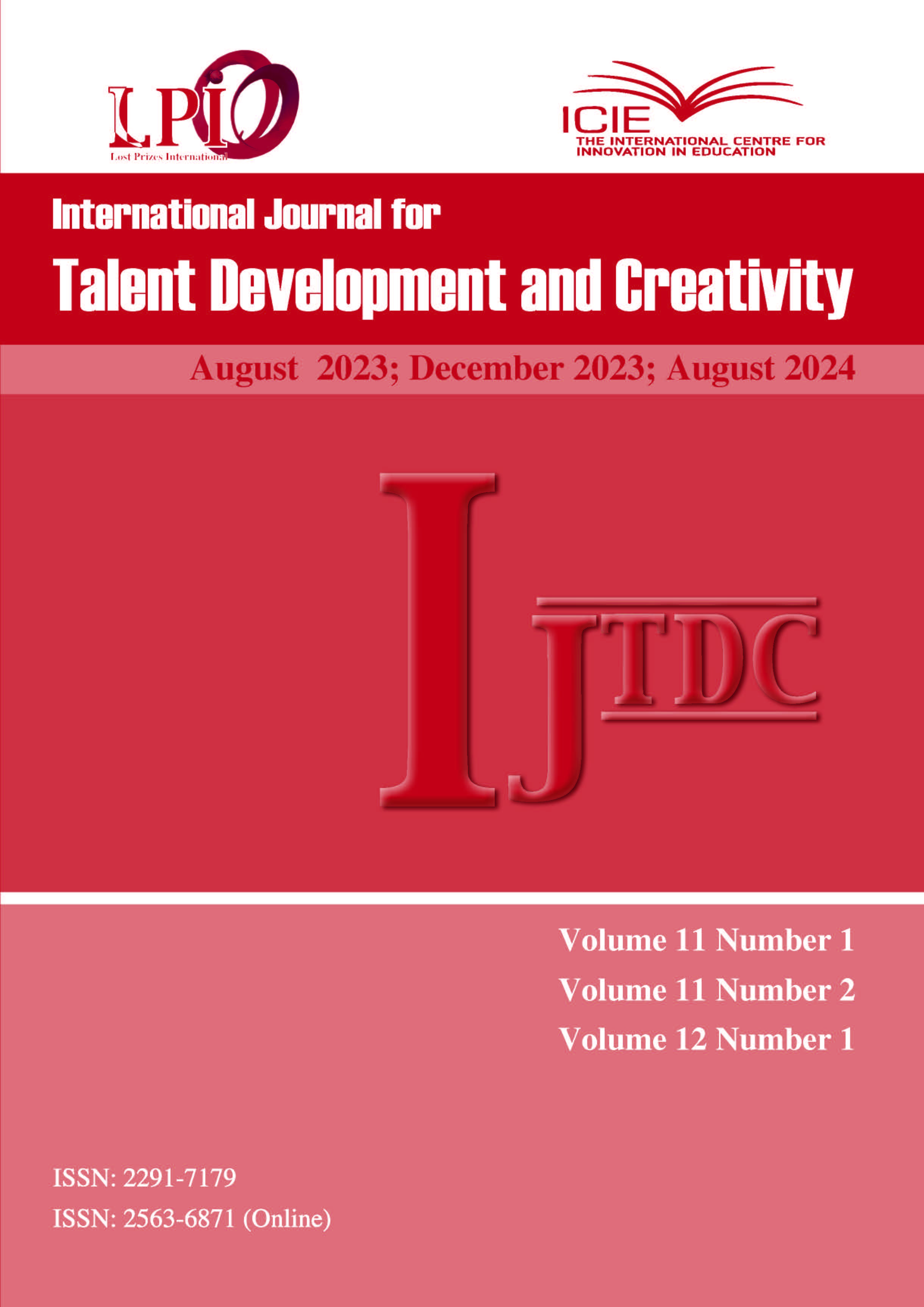Abstracts
Abstract
The Torrance Tests of Creative Thinking Figural Forms A and B are widely used to measure creative potential. Despite their common application in research, there has been a lack of focus on the psychometric properties of the tests. Thus, the scoring of the items is based on some unexamined hypotheses. The items are hypothesized to be equally difficult, and the response categories are hypothesized to be equally distributed. Additionally, it is hypothesized that the items measure a single cognitive factor for each creative thinking skill and that each creative thinking skill is a different cognitive factor. Given the impact of these hypotheses on the validity of the test scores, it is crucial to investigate these four hypotheses. In the present study, Rasch-based analyses and correlation analyses were conducted to examine all these hypotheses for Form A. The data were collected from 157 second-grade students in Turkey. The findings showed that a) the items were equally difficult for only elaboration, internal visualization, and humor; b) the response categories were equally distributed for only resistance to premature closure and elaboration; c) the items measured a single cognitive factor for each creative thinking skill; and d) certain creative thinking skills were highly correlated (r ≥ .90). Overall, the items in Form A possess sufficient quality for assessing the majority of the creative thinking skills. Nevertheless, some revisions to the scoring of the items may be needed.
Keywords:
- Torrance Tests of Creative Thinking,
- Rasch measurement theory,
- dimensionality,
- item difficulty,
- response category difficulty
Download the article in PDF to read it.
Download


